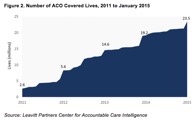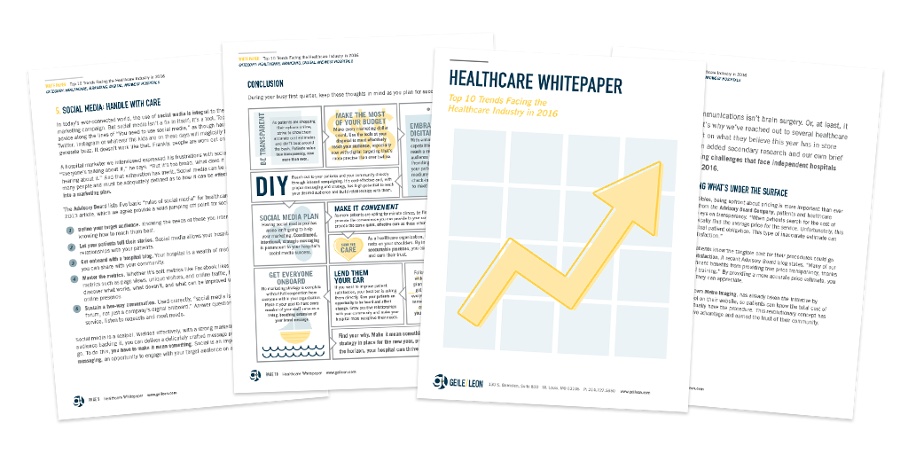With approximately 9.2 million horses in the U.S. coinciding with approximately 2 million horse owners, the equine care market size has grown to a substantial $900+ million dollar business. That’s nothing to shake a stick at.
The good news is there are many opportunities to communicate with consumers about your equine products; the hurdle though, is that the category is extremely crowded. As a brand, it’s more important than ever to stand out. One way to do that is through your website. It’s vital that equine brands keep up with technology to converse with their consumers…but how can your site stand out from others? Here are a few tips to follow that will ensure your site stands out:
Consistency
I’m sure your brand has created a corporate identity. It’s crucial that you use that guide to ensure your brand and message are communicated consistently online and offline. Continuity within your site is also important – actually, it’s a major factor in conversion. When a consumer moves throughout your site each page must deliver a consistent design and message.
Aesthetically pleasing
Part of being aesthetically pleasing is keeping the overall design as clean and simple as possible. White space is a big part of that. It will allow your visitors to focus on what’s important and help get your key messages across.
Colors and images
This is extremely important, especially with horse owners. The use of warm and inviting colors resonates well with horse owners and it can complement the tone of the copy. The use of imagery is vital in this category. Horse owners love to see photography of horses. Showing a variety of different horses is effective as it broadens your opportunity to reach many horse owners. One thing to keep in mind – as you select an image, be sure it’s relevant and adds value to the message you’re communicating.
Relevant content
Equine sites have to be populated with relevant, keyword-rich content. You might ask, how do I determine if my content is relevant? Well according to Angie Schottmuller of Interactive Artisan, using the “Triangle of Relevance” can help. The triangle strategy incorporates three angles – business interest, user interest and time significance to maximize relevance and content, creating user action.
These are just a few helpers to get you started. One last thing to think about equine web design: always consider who you’re talking to and talk to them in an authentic voice. Horse owners appreciate honesty and a straight forward messaging that helps them understand what is best for their horse(s). Keeping this in mind will keep your brand top of mind with consumers and help solidify the conversion.
Download our Digital Marketing Audit to learn more about successful internet marketing.
[gl-hs-cta cta_id=’c719fe4c-05a6-4de6-8298-b1eb80a48979′]
We have experience with equine; we know the brands, consumers and the products. Let’s talk about what your equine brand is doing to grow through digital marketing and your equine web design. Fill out this form with your information and we will reach out to you!
[gl-hs-form form_id=’d8dfe9c5-7729-4bc1-b7d0-5ccce2aef0e6′]




